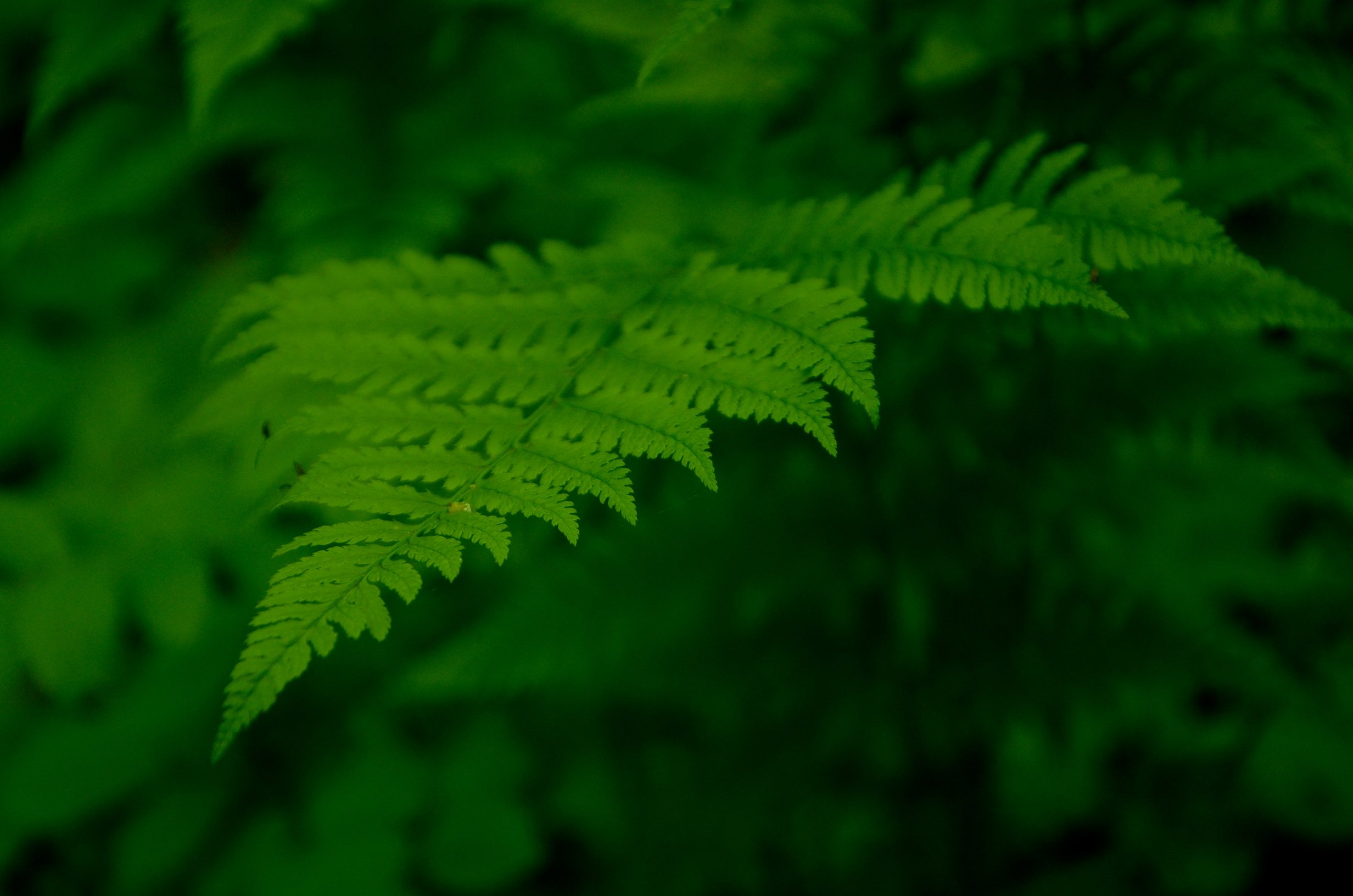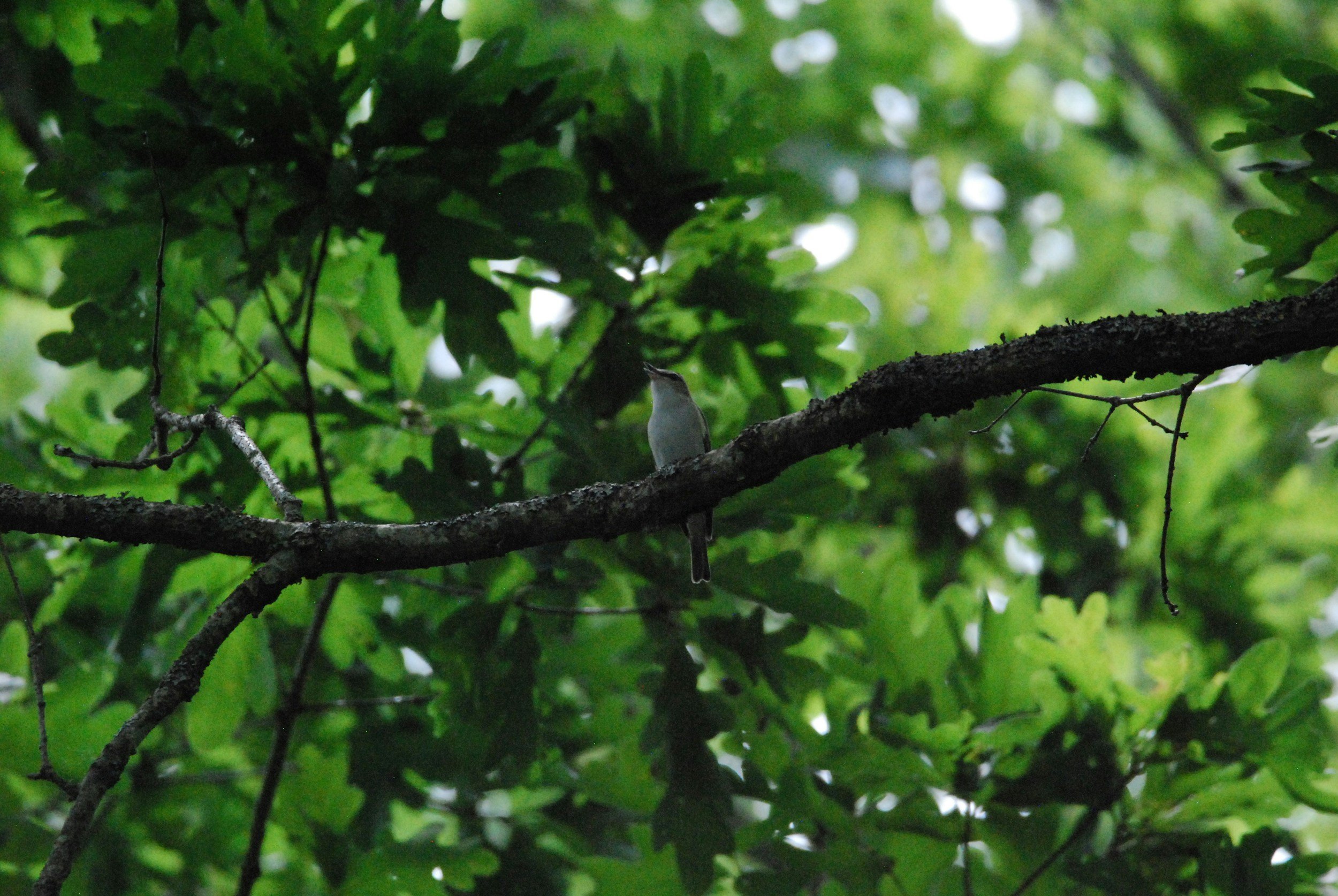
Since 2012, we have acquired 900 acres of Ohio forests with the goal of ecological improvement.
Our
Objective
By working with nature – not attempting to dominate or control it – Close to Nature Forestry (CTNF) can improve biodiversity and soil quality in forests. We strive to achieve old growth characteristics by avoiding the use of chemicals and forbidding clear cutting, ultimately increasing carbon sequestration and preventing habitat fragmentation on Boone Road properties. Our research adapts CTNF biomass rubrics to Ohio forests and refines techniques to show that good ecology can result in good economics.
FAQs
-
Close-To-Nature Forestry (CTNF) is a management approach that, most importantly, avoids clear cuts and the use of any chemicals. It continuously protects forest canopies for improved biodiversity, soil quality, and climate resilience. This sustainable approach utilizes nature's own processes combined with gentle, frequent harvests. CTNF methods have been used and studied in Europe for more than two centuries. Today, nearly 200 million acres of European forests are managed by CTNF.
-
CTNF is not used in the USA. While the US has many outstanding types of ecological forestry methods, often designed to mimic natural disturbances, there is an underlying preference to open or remove forest canopies. Thus, nearly all US forest methods, whether ecological or industrial, run contrary to the default canopy protection and chemical avoidance so central to CTNF.
-
Canopies protect and promote healthy forest ecosystems. Some of the most important drivers of biodiversity in old growth forests require continuous canopy cover including: decomposing woody debris, moist forest floors, and thick humus soil. When canopies are removed, forest floors experience higher temperature extremes, greater wind exposure, and drier conditions. Open canopies also allow strong rains to leach, compact, and erode forest soils. Protecting canopies creates moist, temperate conditions for healthy soil systems and prevents habitat fragmentation.
-
Defining old growth forests is vexing and much debated. Criteria can include ecological, cultural, and historical factors. We, and others, define healthy old growth ecosystems as large forests undisturbed by humans for at least 400 years. At Boone Road, we regularly review studies that identify the characteristics of old growth ecosystems that promote high biodiversity. You can read more about those characteristics here.

What do our forestry methods have to do with ecology?
e·col·o·gy /ēˈkäləjē/ noun The branch of biology that deals with the relations of organisms to one another and to their physical surroundings.
By using forestry methods that attempt to work with nature and hold both biodiversity and soil quality as its top concerns, we prioritize our local organisms and the physical surroundings in which they thrive. While we certainly support the complete preservation and protection of forests, we believe that stronger ecological care of managed forests can improve landscape ecosystems much faster than anyone expects. Our ultimate goal is to achieve old growth characteristics in Boone Road forests within a shorter time frame. What would take nature centuries of aging and chance disturbances to achieve, with our help occurs in decades.









